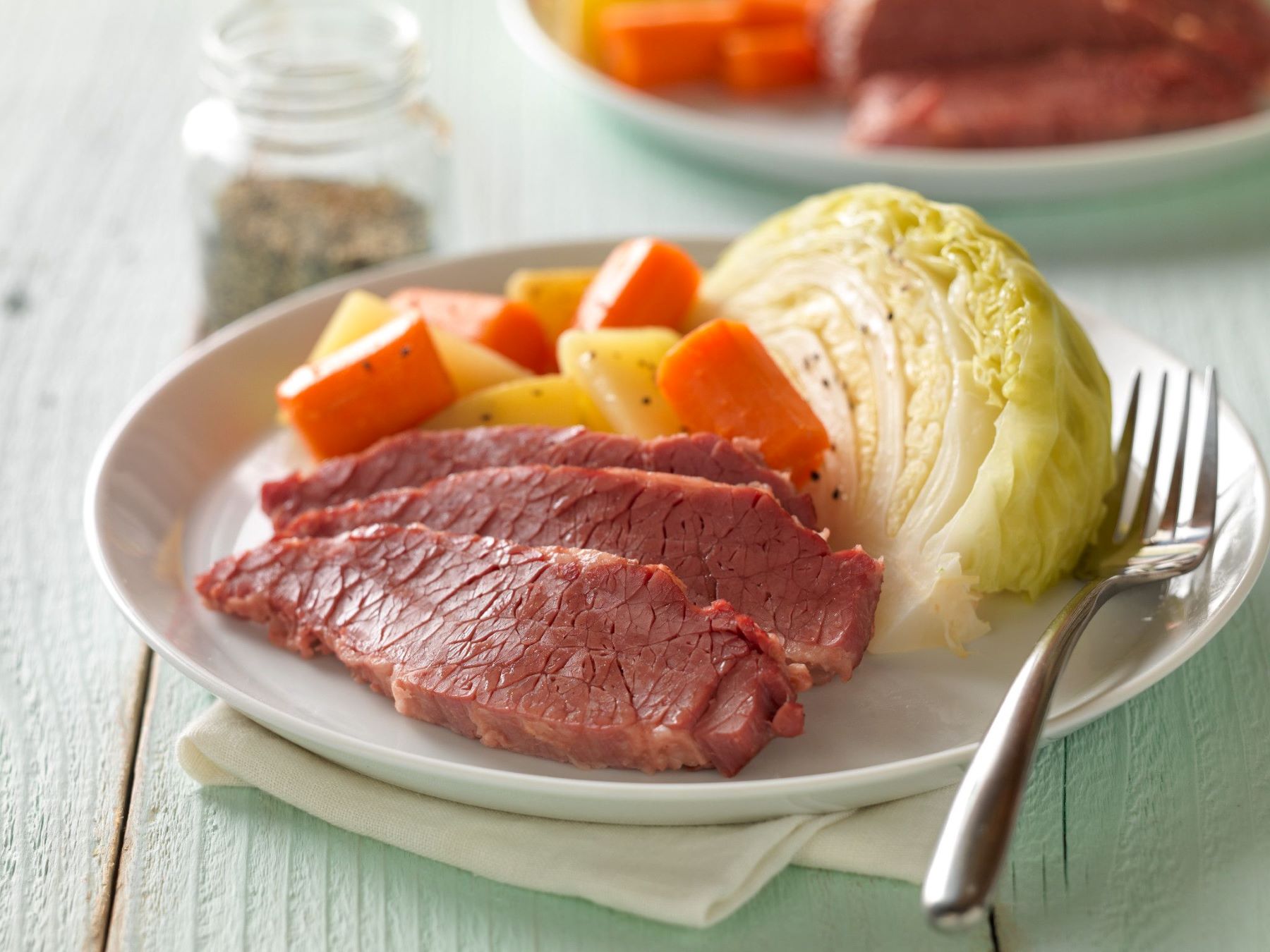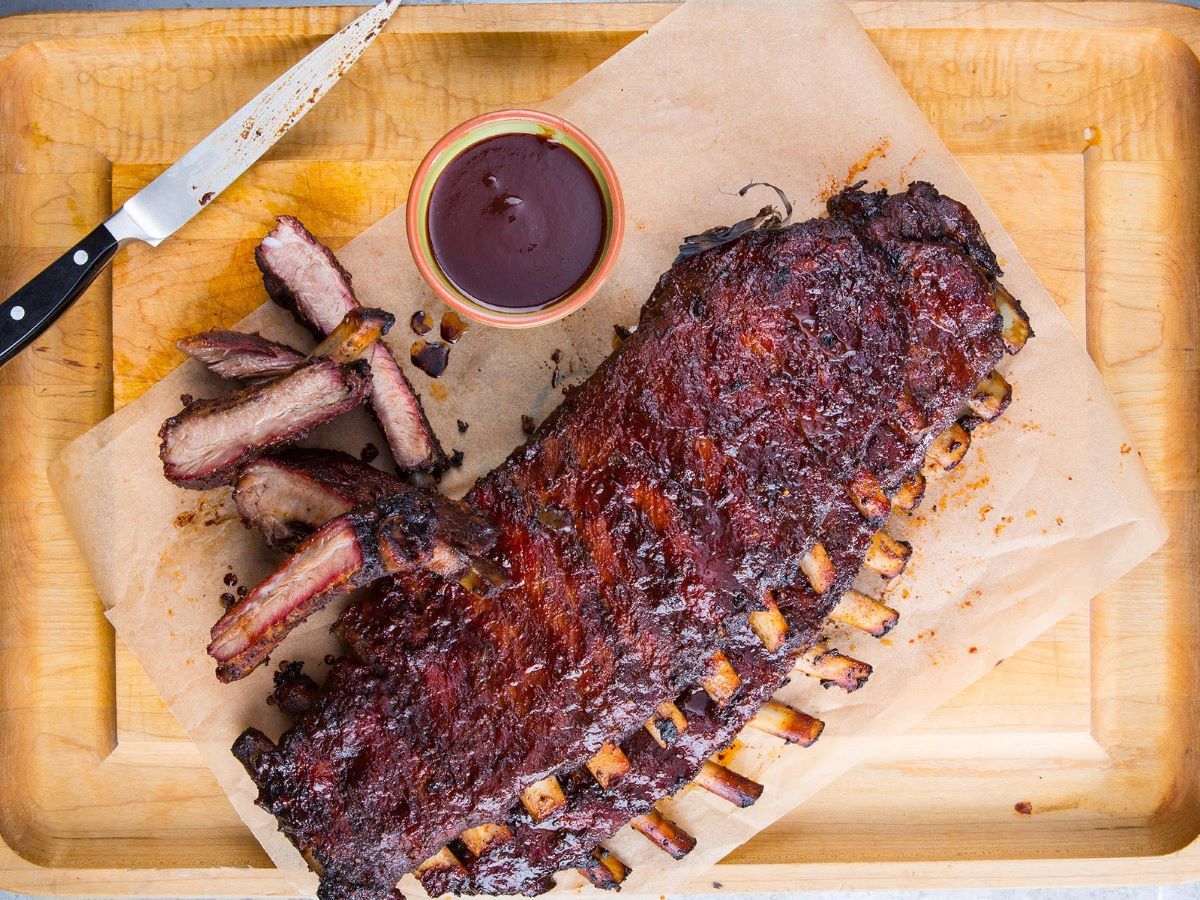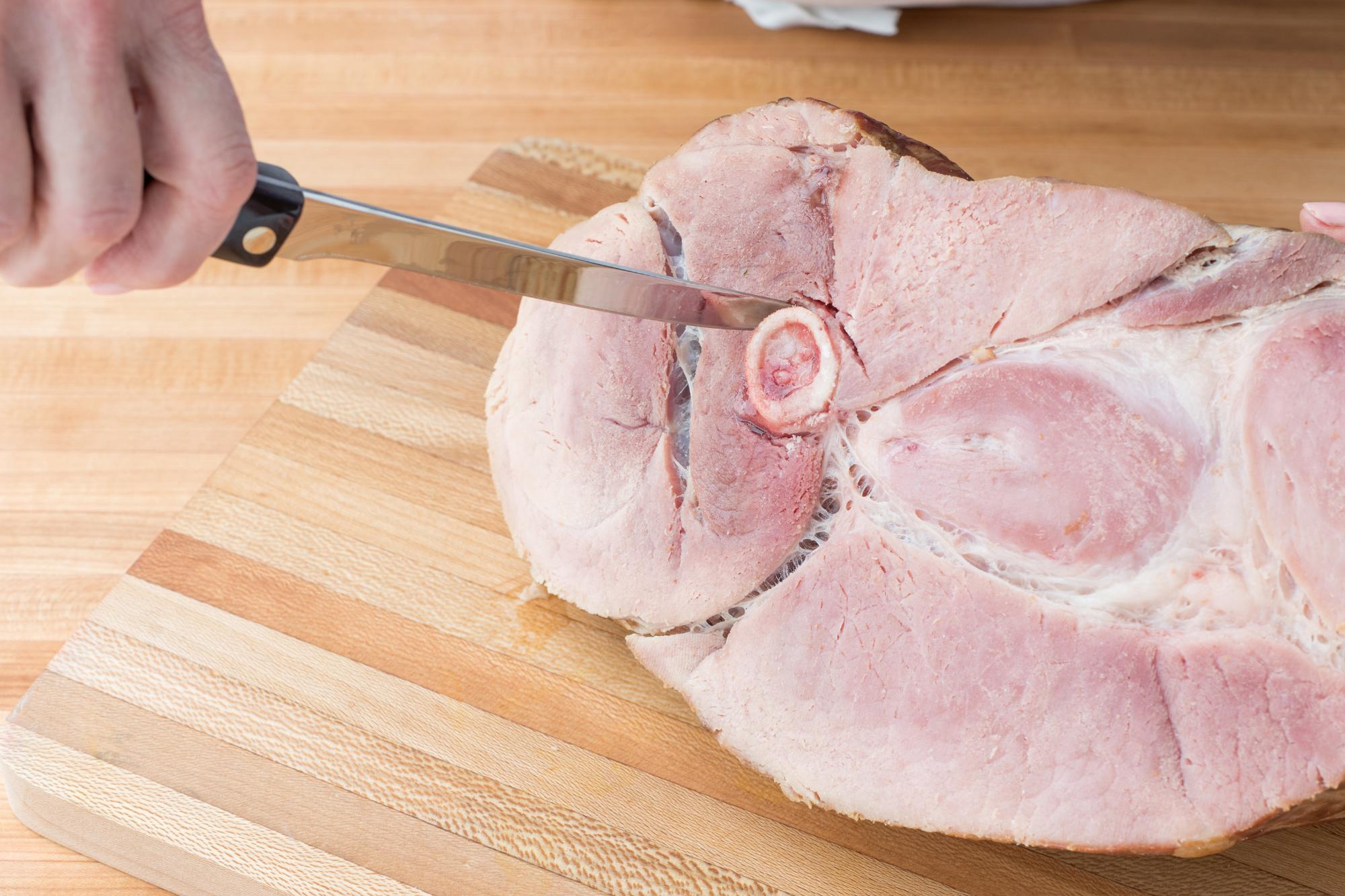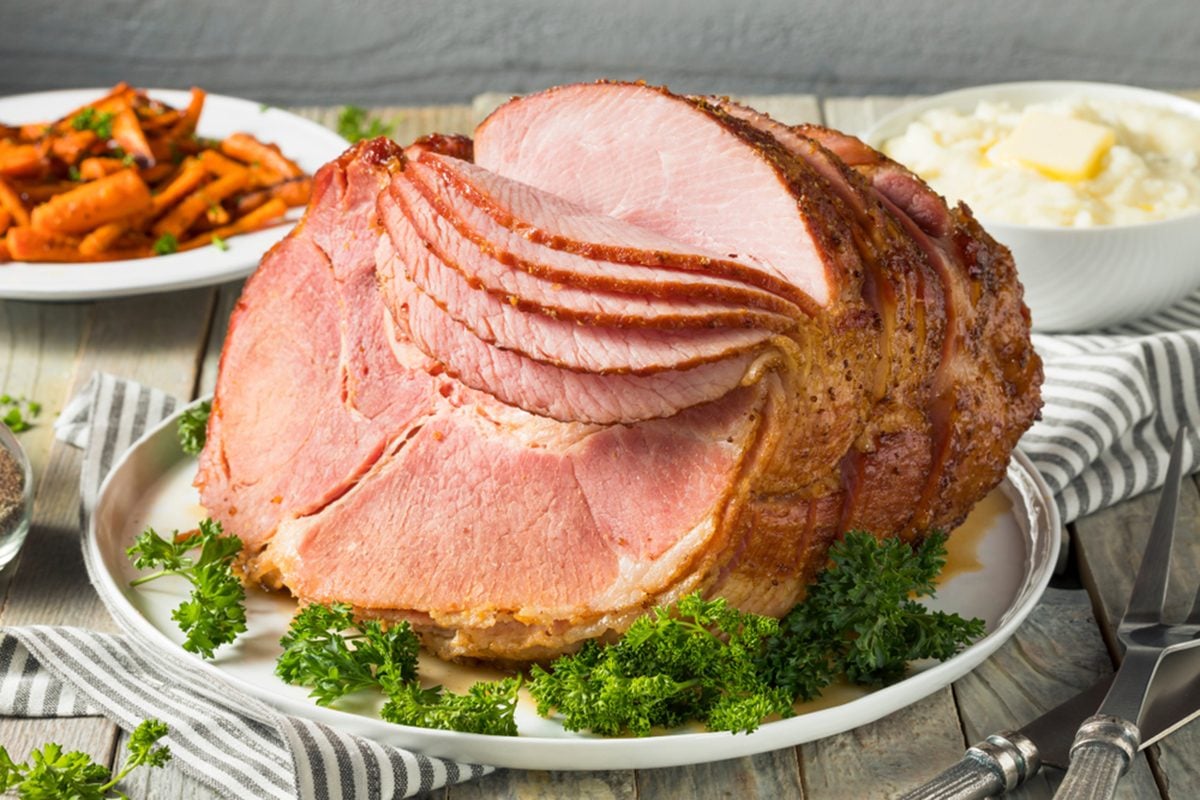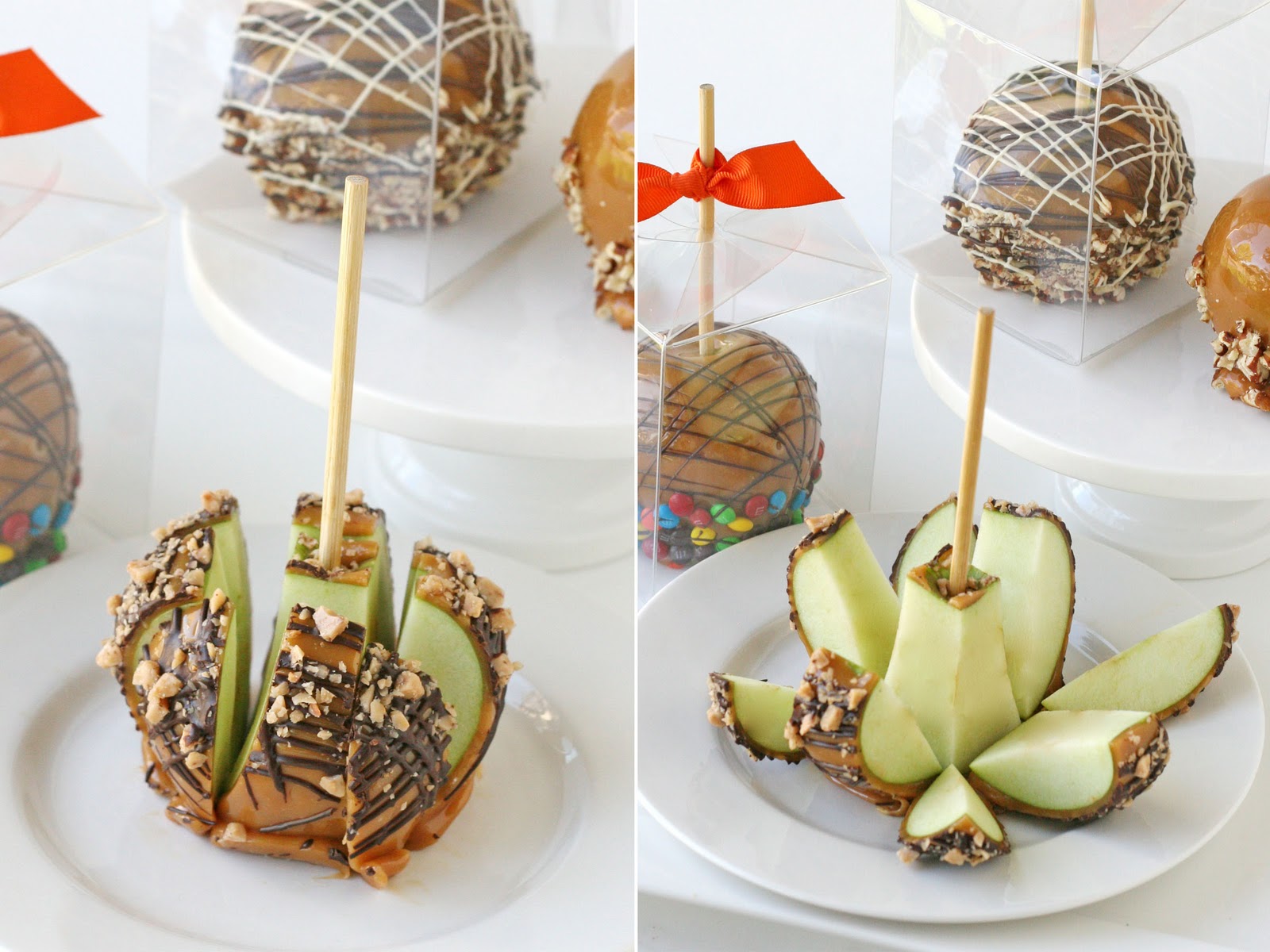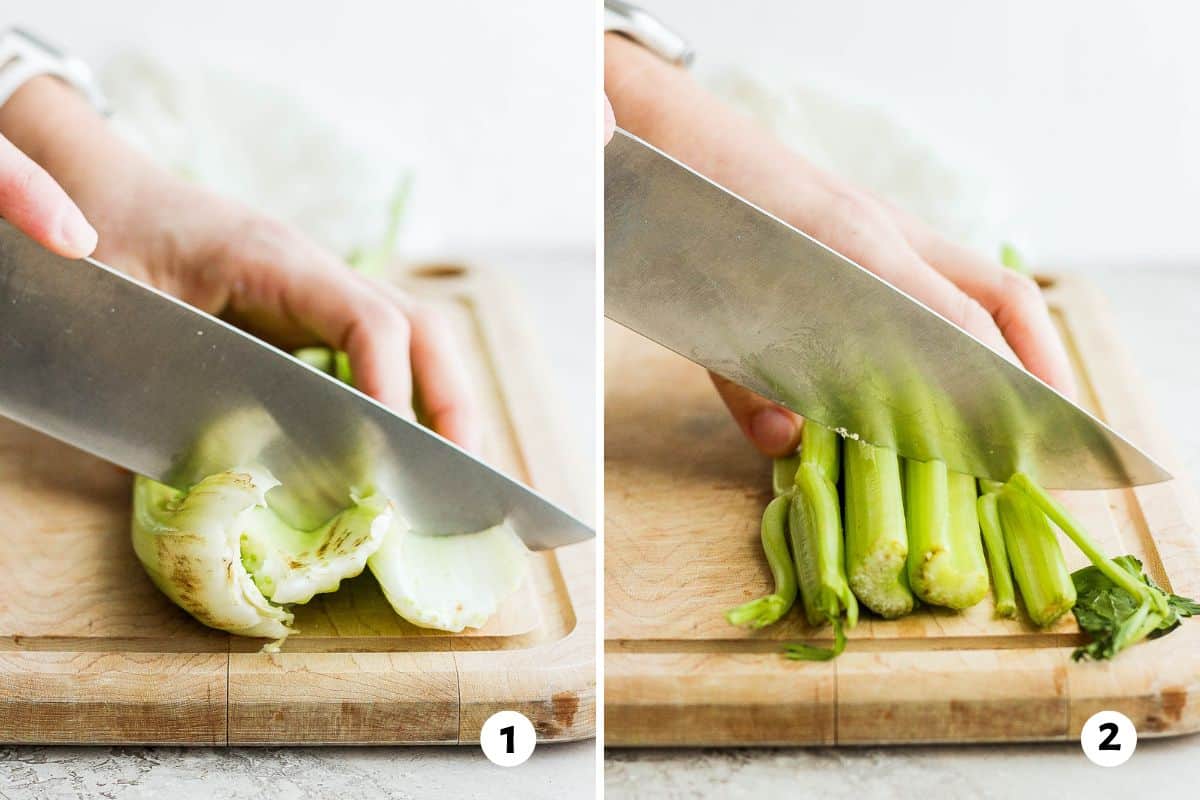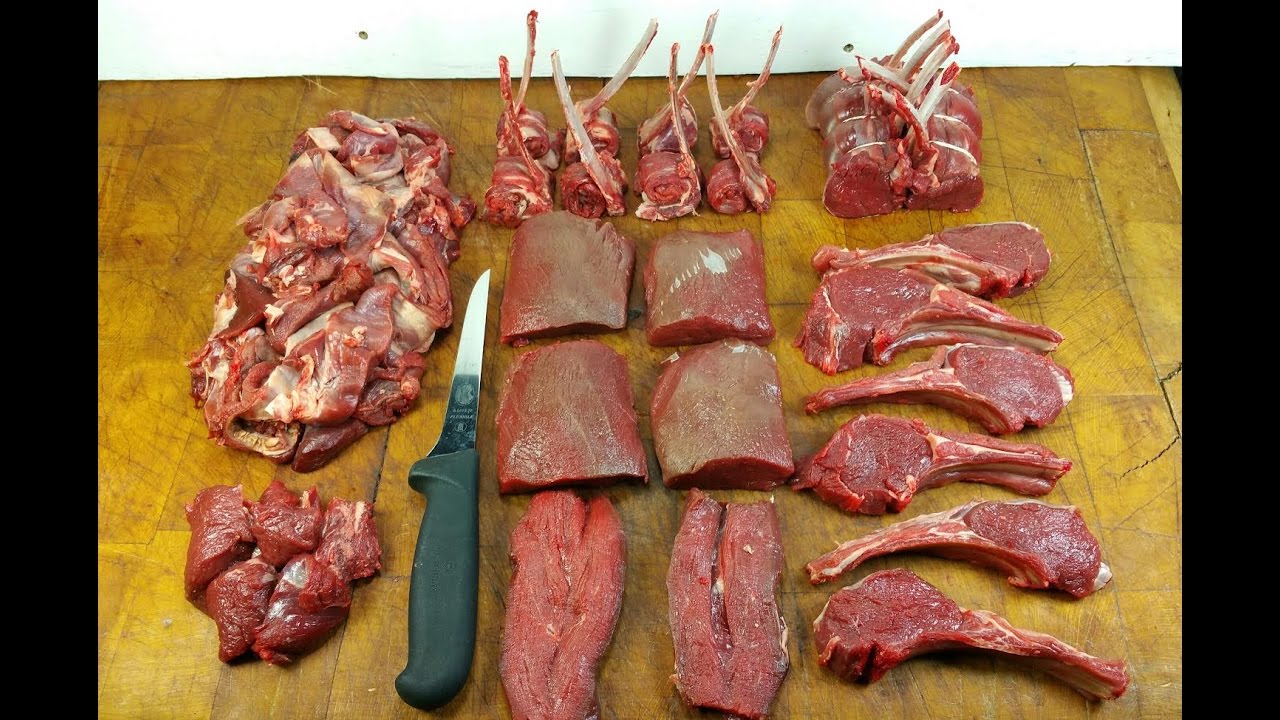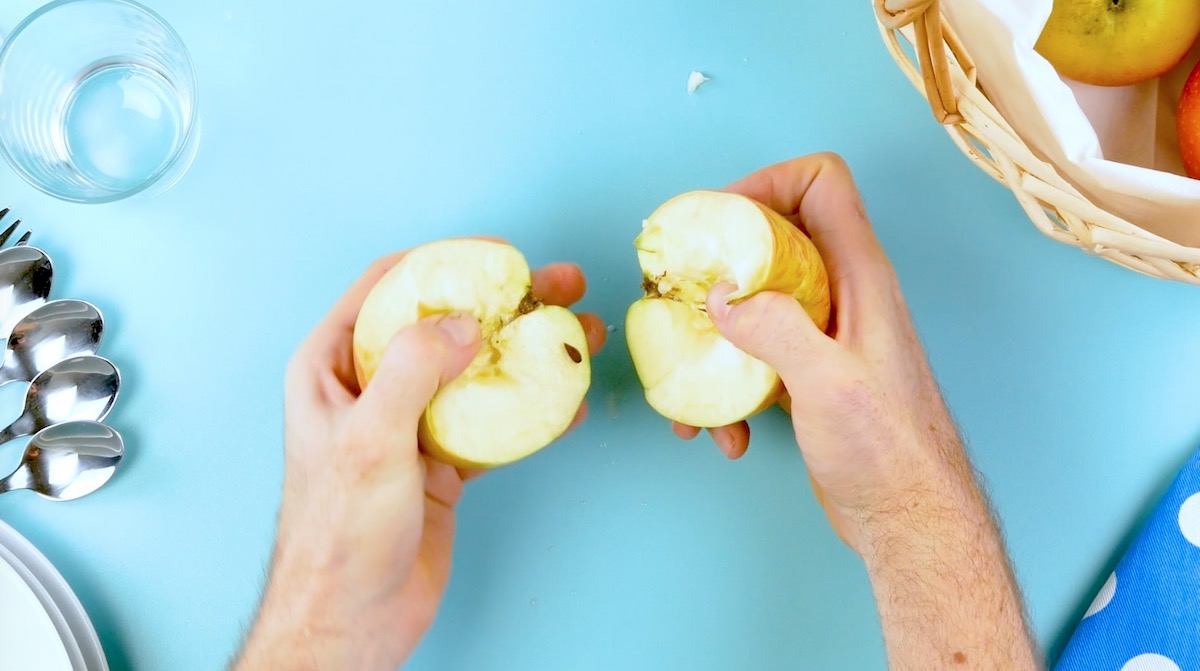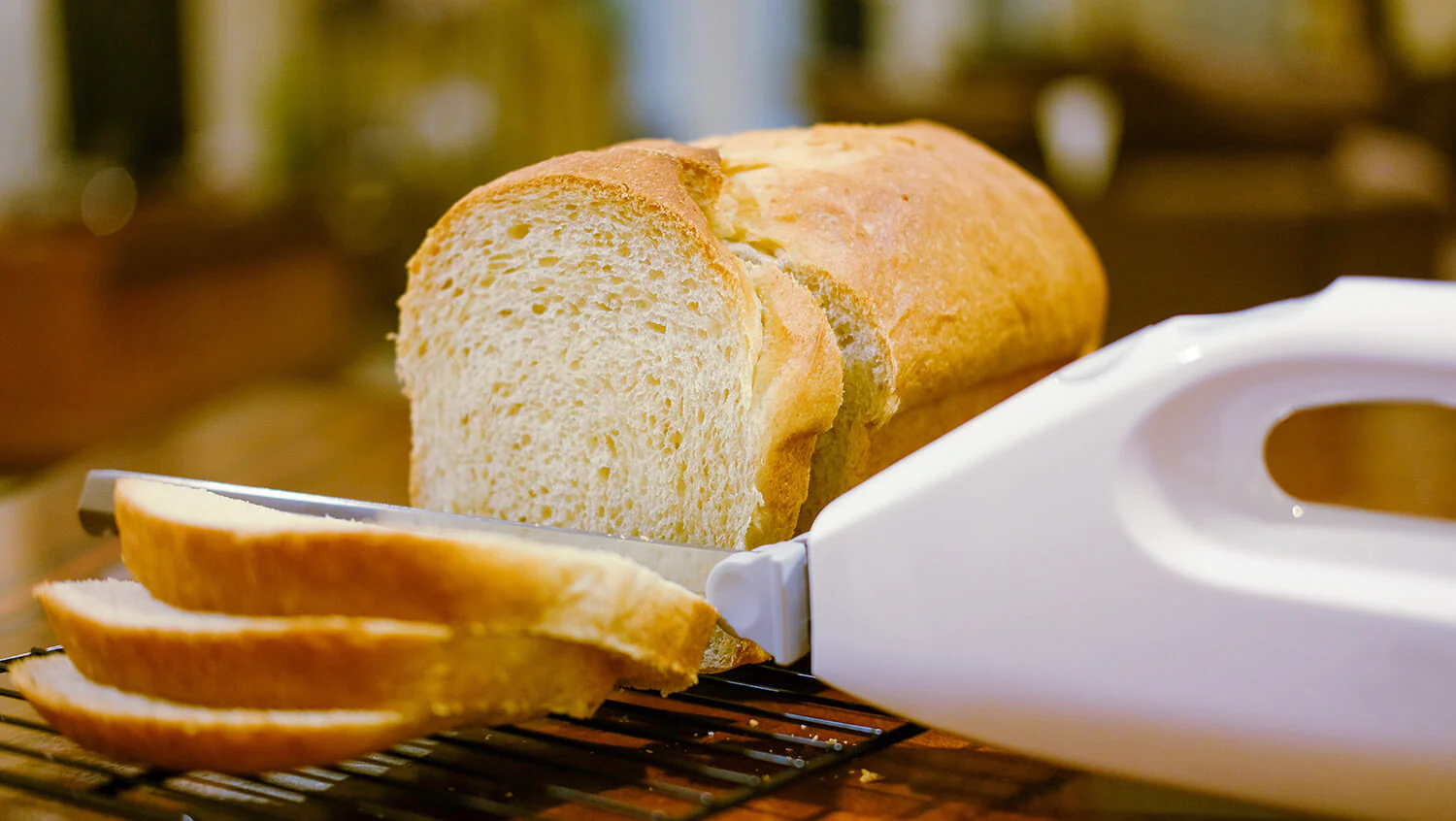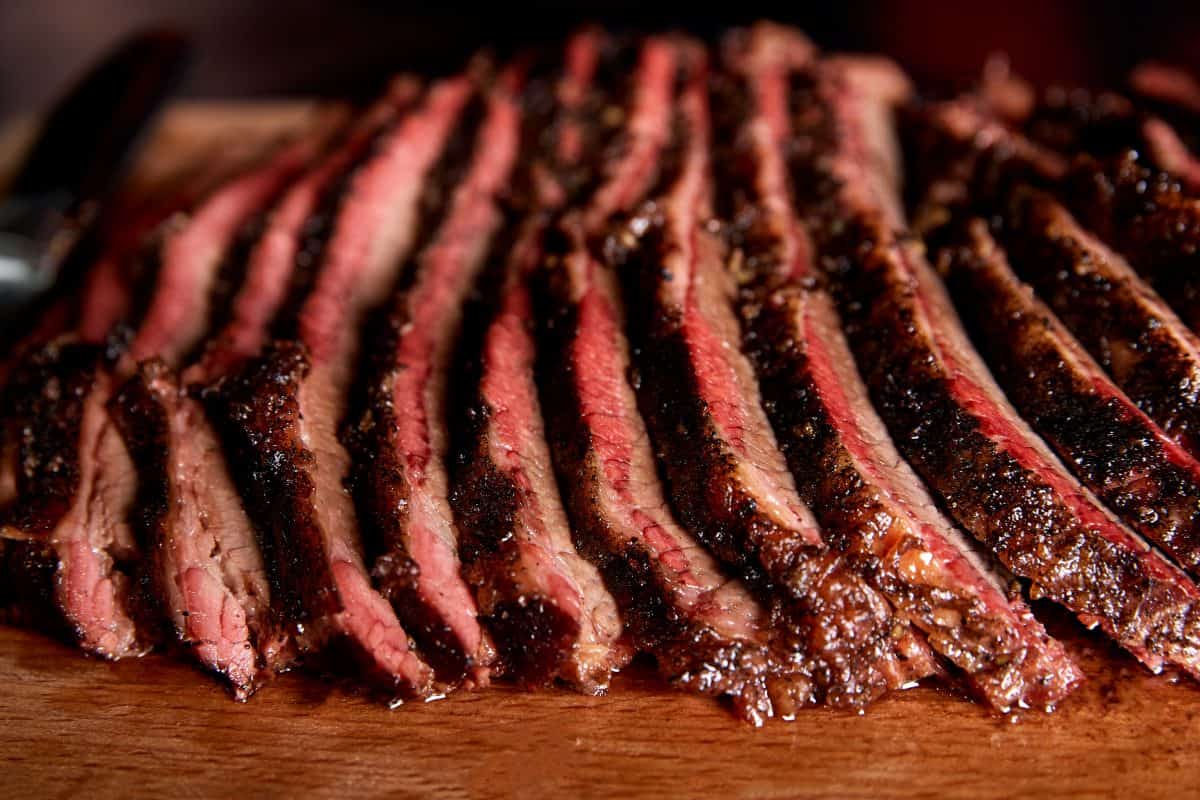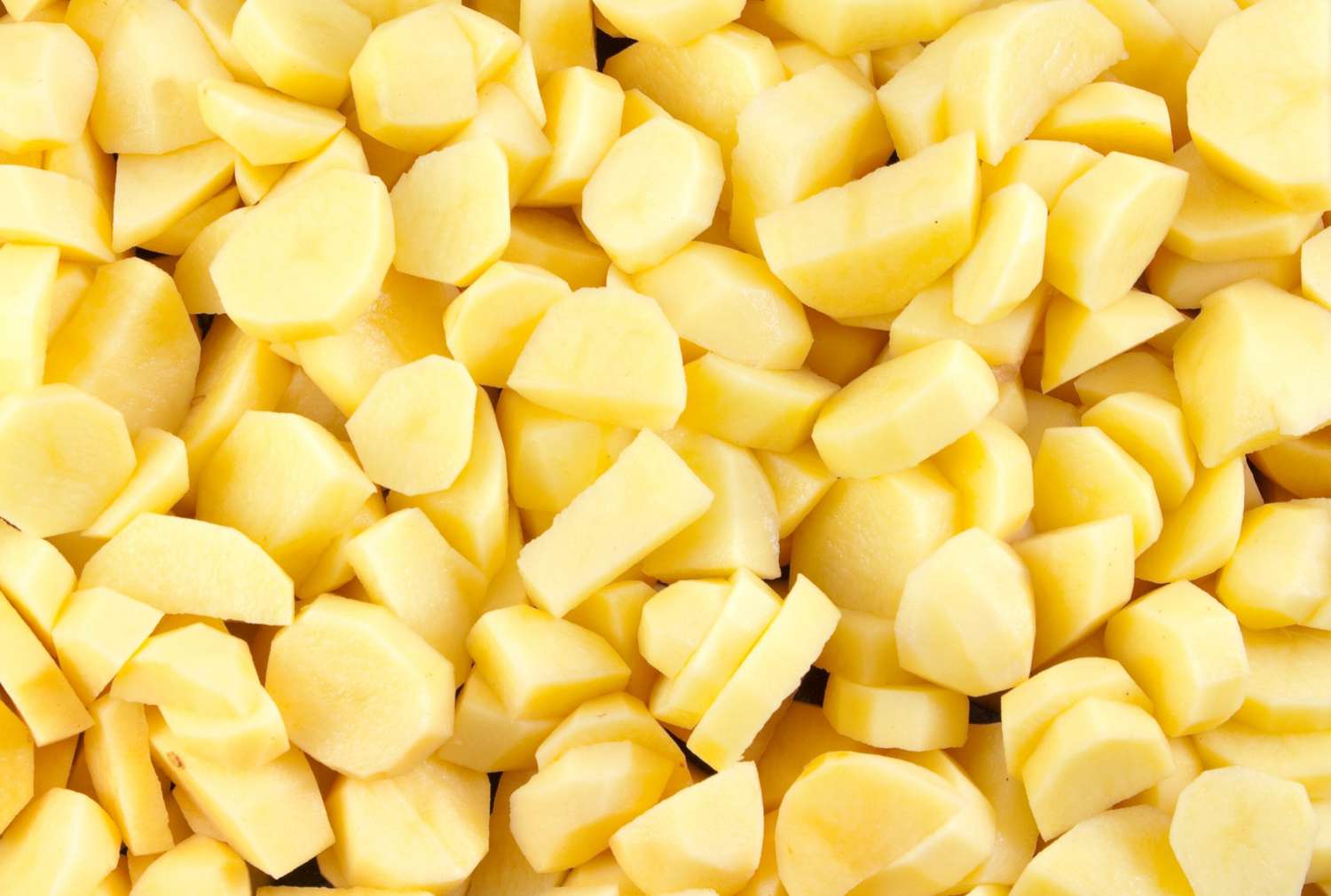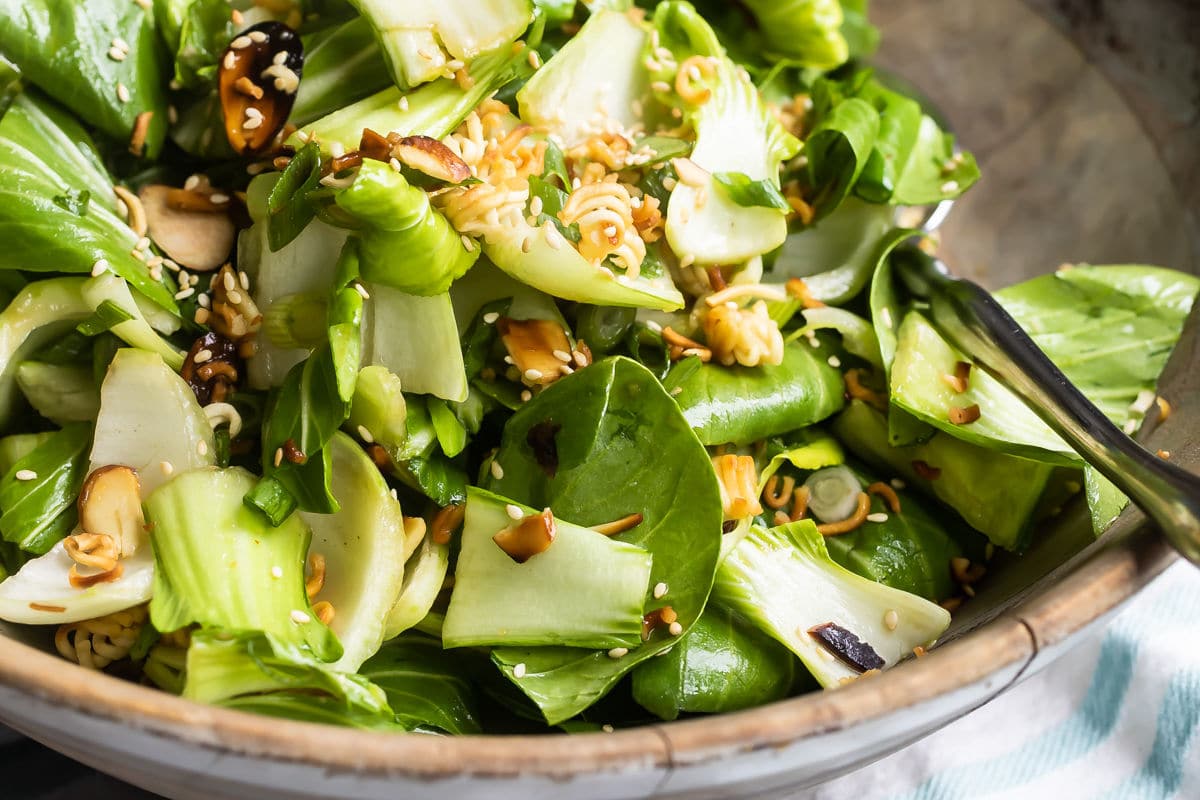How To Cut A Navel Orange
Oranges are delicious and nutritious fruits that are packed with essential vitamins and minerals. One of the most popular types of oranges is the navel orange, known for its sweet and juicy flavor. If you’re looking to enjoy a navel orange, but not sure how to cut it, we’ve got you covered. In this article, we’ll show you step-by-step instructions on how to cut a navel orange like a pro.
Before we begin, here’s a list of tools you’ll need:
- Sharp knife
- Cutting board
Step 1: Wash the orange
The first step in preparing a navel orange is to wash it thoroughly. This will help remove any dirt or bacteria that may be present on the skin.
Step 2: Cut off the top and bottom
Place the orange on a cutting board and, using a sharp knife, carefully slice off the top and bottom of the orange. This will create a stable base for cutting.
Step 3: Make a vertical incision
Hold the orange firmly and make a vertical incision from top to bottom, slicing through the peel but not too deep into the flesh.
Step 4: Peel off the skin
Using your fingers or the knife, gently peel off the skin, working your way around the orange. Take care not to remove too much of the flesh along with the skin.
Step 5: Separate the segments
Once the orange is peeled, you’ll notice that it is divided into segments. To separate the segments, carefully insert the knife between each segment and cut along the membranes. This will allow you to easily remove each segment without any pith.
Step 6: Enjoy your juicy navel orange
Now that you have perfectly cut navel orange segments, it’s time to enjoy the juicy fruit. You can eat them as is, add them to salads or desserts, or even squeeze the juice for a refreshing drink.
Remember, navel oranges are not only delicious but also rich in vitamin C and fiber, making them a healthy addition to your diet. So the next time you have a navel orange in hand, follow these simple steps and savor the taste of this delightful fruit.
We hope this guide has been helpful for you to learn how to cut a navel orange. Enjoy the process and the juicy results!
Was this page helpful?
Read Next: How To Cut Cabbage Wedges
